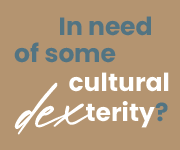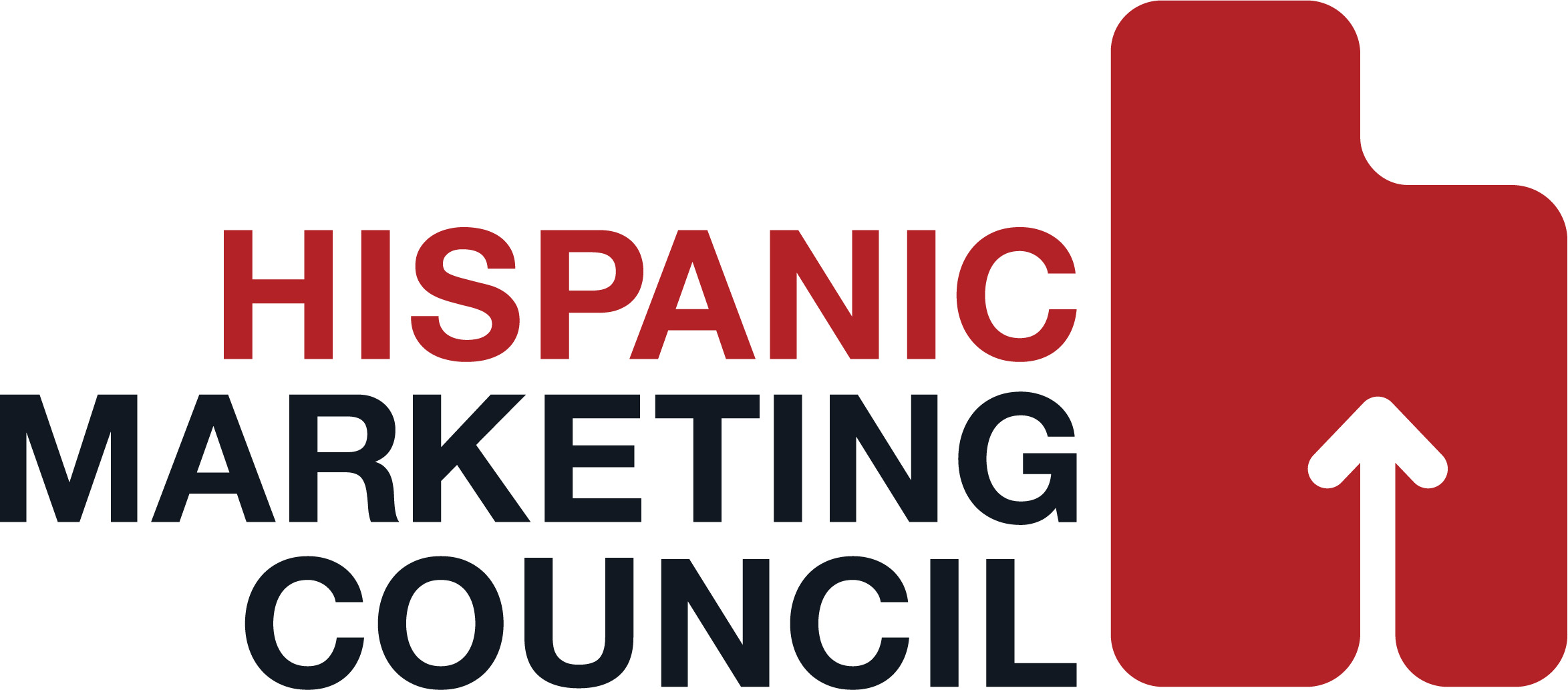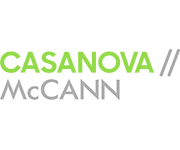84% of CMOs Report High Levels of Strategic Dysfunction
April 2, 2025

A survey of 403 CMOs conducted in October through November 2024 revealed organizations with high levels of strategic dysfunction are 36% less likely to report strong business and marketing performance. CMOs report multiple forms in which strategic dysfunction appears (see Figure 1).
“Strategic dysfunction is characterized by a state of confusion and conflict resulting from unclear, too numerous, or conflicting enterprise objectives that marketing must support,” said Amy Abatangle, VP Analyst in the Gartner Marketing Practice. “As a result, CMOs are unable to successfully create, communicate and execute effective marketing strategies.”
Figure 1: CMOs Reporting High Strategic Dysfunction

Source: Gartner (March 2025)
CMOs Prioritize Operational Needs Over Customer-Centric Planning
Strategic dysfunction hinders CMOs’ ability to chart a course for marketing: a significant majority (94%) of CMOs say translating enterprise strategic directives into actionable marketing plans is a challenge.
“As CMOs are increasingly pulled into tactical work to meet competing stakeholder needs, they lose the ability to create bold, proactive strategies that anticipate customer needs at a time of unprecedented volatility and uncertainty,” said Abatangle. “CMOs must leverage marketing’s unique value as a sense-making function, synthesizing customer insights to help C-suite peers align on core priorities.”
Short-Term Marketing Strategies Harm Business Performance
“When CMOs are ineffective strategists, they not only compromise their influence in the C-suite, but also burden their teams with confusion and chaos,” said Abatangle. “CMOs must dedicate resources to strategic planning, work to enable a more market-oriented approach to strategy development and focus on long-term strategies alongside short-term plans.”




























